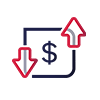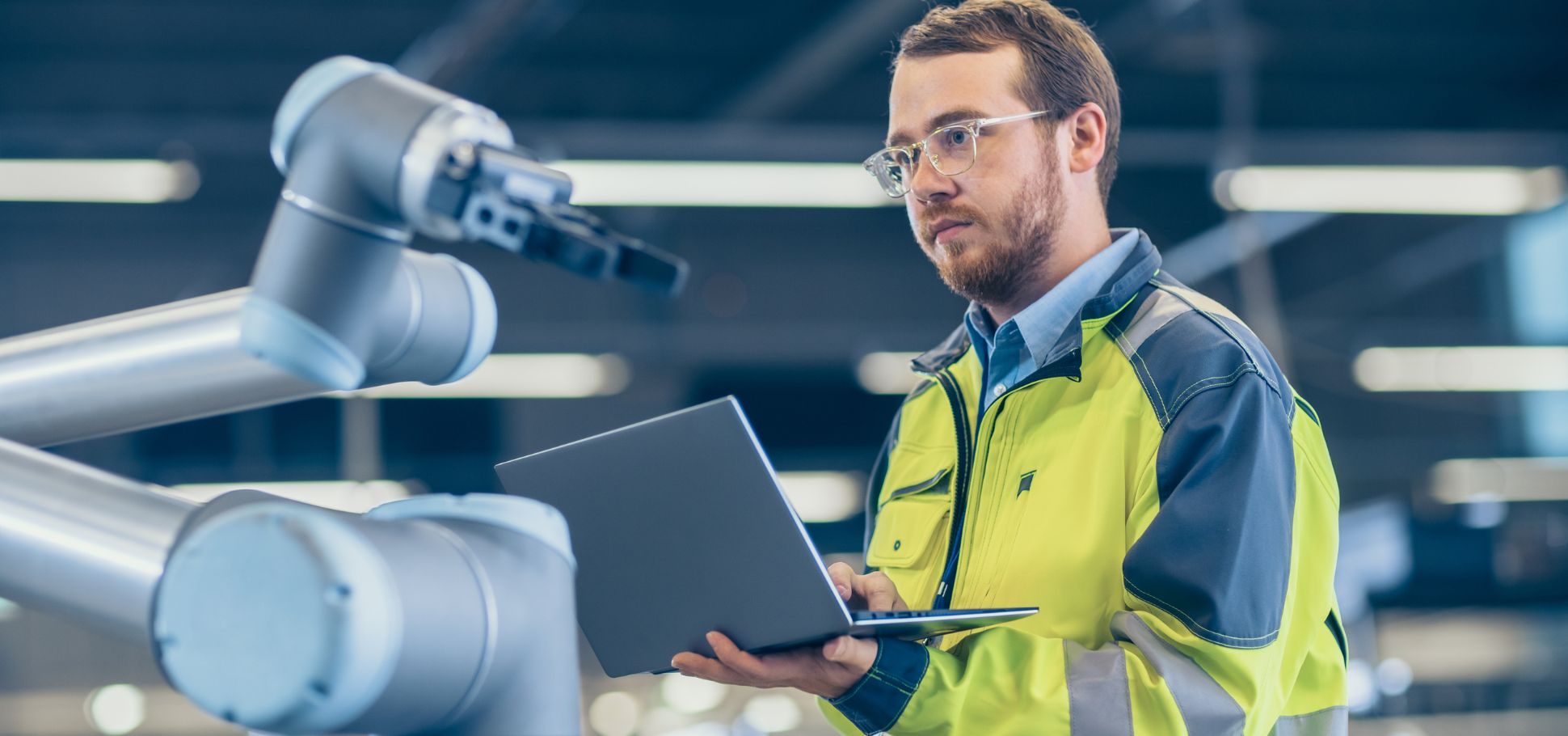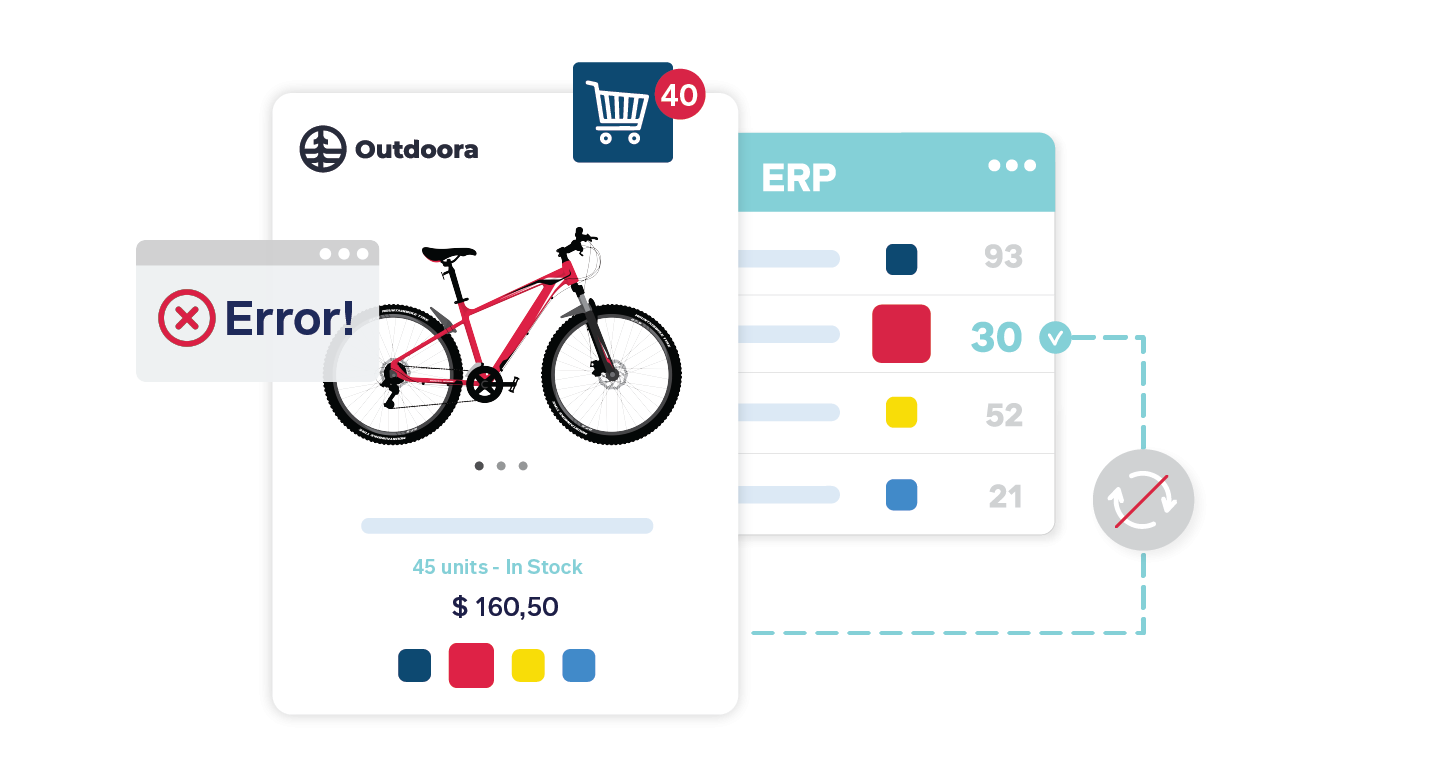
Mobile gap
Mobile checkout completion rates are typically 10% lower than desktop.


For the vast majority of buyers, mobile checkout is the last chance to make a good impression on a potential customer. It’s the make-or-break moment when a customer decides to put their trust in your company and commit to a purchase. It’s high stakes, and so many components in online checkout can go wrong, derailing a purchase.
There is a stark divide between mobile checkout and desktop checkout; in 2021, the mobile checkout completion rate stood at 42% compared to desktop’s 52% — a ten point difference. That means that more than half of all mobile checkout processes end up being abandoned.
Why does mobile lag behind? What steps can businesses take to elevate their mobile checkout experience and increase conversion rates?
Let’s break it down.

Mobile checkout completion rates are typically 10% lower than desktop.

Mobile drives 75% of web traffic, but only accounts for significantly fewer completed sales.

Desktop generates 33% of sales, despite only 25% overall traffic, highlighting desktop conversion efficiency.
One twitter user sums it up effortlessly: “booking flights on a phone is crazy. That is a laptop activity.”
Many buyers prefer to make large or complicated purchases via desktop. This makes sense; the screen is bigger, buyers can more easily complete research, and more precise mouse + keyboard controls mean buyers are less likely to make errors.
B2B buying is notoriously complex and purchases can be much more valuable than in B2C. B2B buyers, therefore, would be prime candidates to hit pause on their mobile checkout, and swap to a desktop to complete a purchase.

Even though buyers frequently use mobile devices for initial research, they tend to prefer desktop when completing complex or high-value B2B transactions due to usability challenges:
Desktop screens offer more space and accuracy for detailed research and intricate transactions.
Buyers often research on mobile, and finalize on desktop. Without a seamless experience across devices, businesses risk losing potential sales.
Smaller screens and cumbersome navigation often deter mobile users from completing their checkout.
Buyers don’t like sorting through endless pages while trying to make a purchase. They also don’t like scrolling through a neverending checkout page. It can make their eyes glaze over, and can ultimately lead to cart abandonment.
Solution: Streamline to fewer, shorter pages and include a clear progress bar to guide buyers smoothly.

Desktop buying with a mouse and keyboard allows users to be more accurate. Too often stores don’t take into account the lack of accuracy that comes with using thumbs on a 7-inch touchscreen.
Solution: Sellers need to make sure their checkout process is optimized for mobile. This means big buttons with simple text in areas where thumbs can reach easily.

Buyers are less likely to complete mobile checkout when they have to manually key in addresses and payment info.
Solution: Sellers can increase mobile checkout completion by automating this process. Autocomplete and express checkout features let buyers key in their shipping and payment information with the click of a button – cutting down on tedious busywork.

The boss asks for a quick call. The office is placing a lunch order. A client is hunting down a missing invoice. Distractions happen, and buyers often can’t complete the order process all at once. So they set down their phone, join the lunch order, forward the client the receipt, and then head back to their desk to finish the checkout process. Only problem? The order timed out. Now the buyer has to start from scratch.
Solution: B2B sellers need to preempt this problem by making sure the mobile checkout flow saves a buyer’s progress. That way, when a buyer gets back to their work, they can pick up exactly where they left off, saving valuable time.

Be honest. You’ve definitely bounced from a website because it felt “scammy.” You clicked a checkout link, only to get redirected to a 3rd party payment site that looks like it was built in 2010. Anytime that you force a buyer to navigate away from your web store invites pause, confusion, and some healthy hesitancy.
Solution: Boost mobile checkout rates by providing trustworthy, embedded checkout options that keep your buyers on page and enthusiastic.







Keep your buyers in the flow with an embedded checkout experience.

Optimizing mobile checkout isn’t just about convenience—it’s directly linked to your bottom line. When buyers have seamless, intuitive, and trustworthy mobile experiences, they’re more likely to convert, return, and become long-term customers. For B2B businesses, investing in a frictionless mobile checkout is an investment in loyalty, growth, and sustainable competitive advantage.

Find out why 92% of B2B buyers are frustrated with online buying…and why 75% would switch suppliers if given the chance.